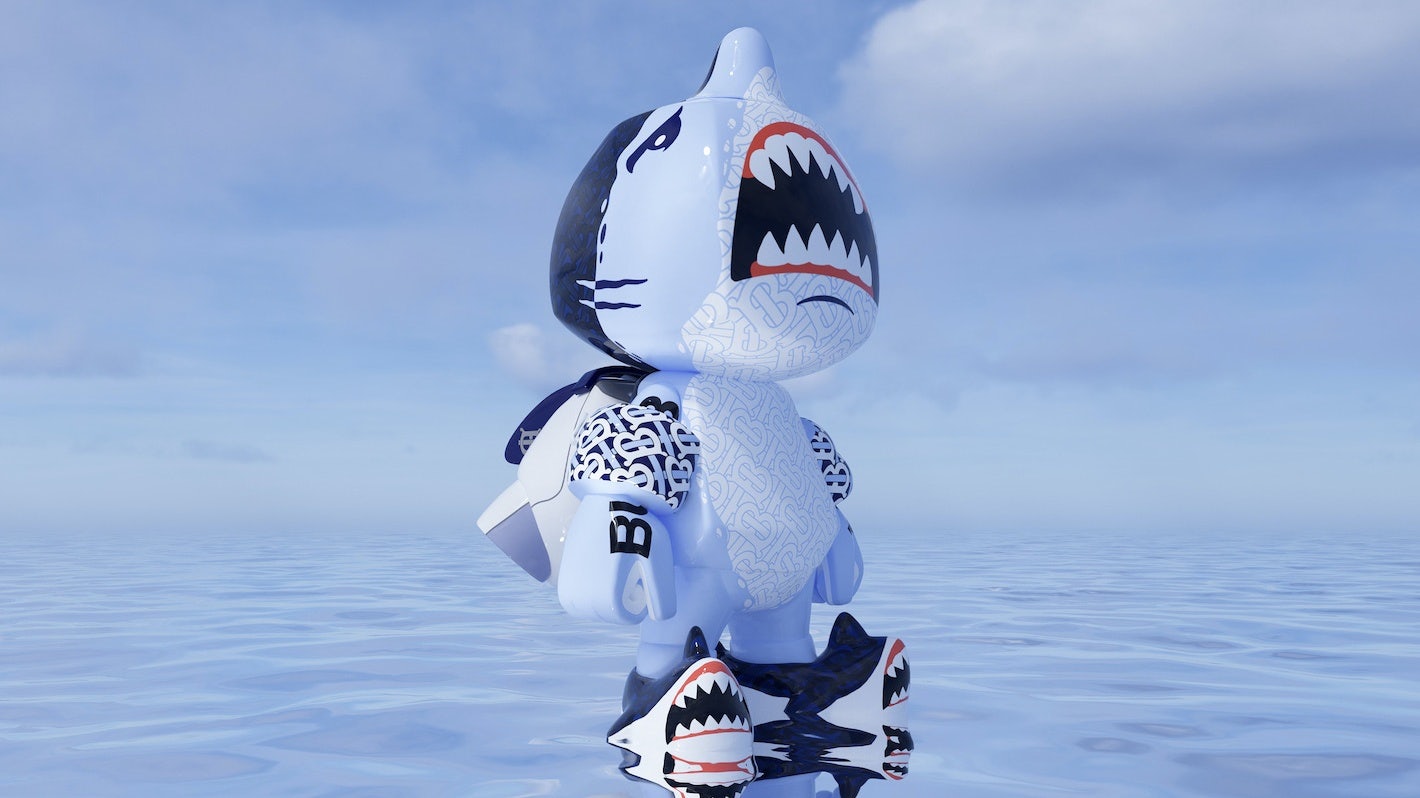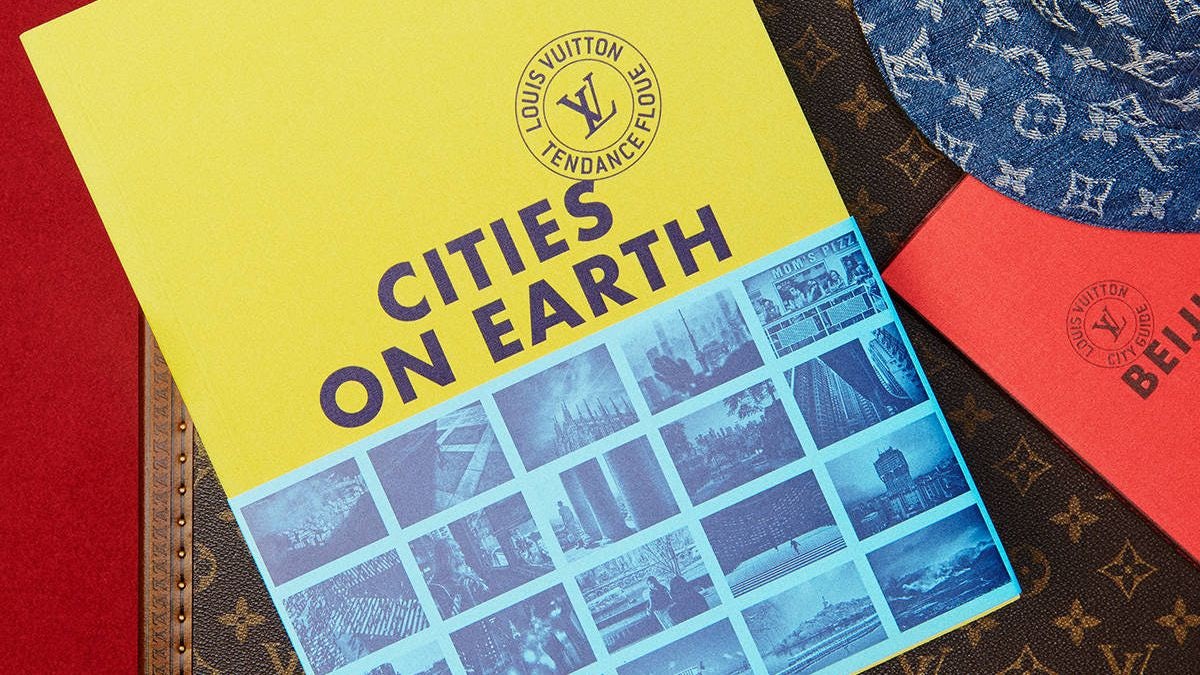Key Takeaways:#
A year after publishing a book about the next 10 years in the luxury sector, most insights still look valid, but a few new questions have arisen.
Mainland China’s common prosperity, North America’s emerging market status, huge supply chain disruptions, the new role of luxury in people’s lives, and metaverse/gaming/NFTs are a new or bigger part of the conversation.
Overall, we are witnessing a series of silver linings with the pandemic pushing luxury managers out of complacency and into becoming nimble in responding to a “VUCA” world.
I am happy to say that if you haven’t read Future Luxe, it’s not too late. Many of the themes I mention in the book related to luxury’s post COVID rebound remain absolutely relevant a year in and after having been accused of being way too optimistic, the luxury sector growth continues to exceed my constructive assumptions. Luxury however is a living matter and there are five themes that have appeared or become a lot more relevant for the space over those past 12 months and they will likely continue to trigger conversations over the next twelve.
Mainland China’s "Common Prosperity"#
The Chinese administration’s message on “common prosperity" is consistent with the ideal of a harmonious society, as some economists talk about an “olive-shaped” economy in which ultra-wealth and extreme poverty are to be eliminated. On paper, wealth discrepancies favor luxury demand. In reality, that demand in Mainland China has been mostly fueled by the middle class, not ultra-high net worth individuals. Whether it’s Prada, Louis Vuitton, or even Cartier, it is likely that the growth trajectory in the long-term could be better off for “common prosperity” than worse — even though the reality short term could be a bit volatile.
West Side Stories#
European brands may have been tempted to sing “I like to be in America” for some years but growth of luxury in the States was rather more pedestrian than hoped for. That changed with COVID-19, staycationing, strong equity, and property markets. The key question now is “can the North American surge be sustainable or is this as good as it gets.” If you’re a pessimist, you can point to the one-off nature of wealth creation. If you’re an optimist, newfound consumers might come back and, more importantly, might influence others to start nibbling in the sector.
Supply Chain Disruptions#
Nike recently issued a profit warning as Vietnam-based production sites shut on the back of a pickup in COVID-19 cases and this week the CEO of Puma said that if you wanted a gift for Christmas from his brand, you would be best advised to buy it now! Most luxury brands have not seen that level of production disruption, as they are mostly manufactured in France, Italy, and in Switzerland (for watches) and those countries have been up and running. In other words, with very few exceptions (Hermès, Rolex, Champagne, for instance), most brands will likely have the units they need for the festive season. Beyond this year’s sales though, this also will likely trigger further the appetite of consumers for going to brands that are produced closer to home, making them locavores. The “made in” could well gradually be replaced by the “made by” as we have seen with US production at Louis Vuitton for instance.
Luxury is Not Needed and That’s Precisely Why We Want It#
Clearly no one could have predicted the magnitude of the rebound in luxury sales, including most brand managers. So, it’s not just about pent-up demand or better finances after having been stuck at home for so long. Luxury is cultural and feeds the feel-good factor of consumers. The products are just there to put a smile on your face and change your perspective. But that’s been a very powerful promise in these times of doubt.
Virtual Insanity, Not#
Everyone is fed up with crypto, NFTs, the metaverse, collectibles, gaming, avatars, and how relevant it is that Facebook just changed its name? Yet, luxury was on the back foot in investing for online sales, was late in the game in terms of figuring out second hand. But for luxury NFTs, it seems that pretty much every brand wants to have some skin in the game. This is not the topic du jour that will disappear in a minute. There are fundamental reasons for virtual products and services to thrive in the space and I will explore those in my next column. Stay tuned.
Erwan Rambourg has been a top-ranked analyst covering the luxury and sporting goods sectors. After eight years as a Marketing Manager in the luxury industry, notably for LVMH and Richemont, he is now a Managing Director and Global Head of Consumer & Retail equity research. He is also the author of Future Luxe: What’s Ahead for the Business of Luxury (2020) and The Bling Dynasty: Why the Reign of Chinese Luxury Shoppers Has Only Just Begun (2014).

